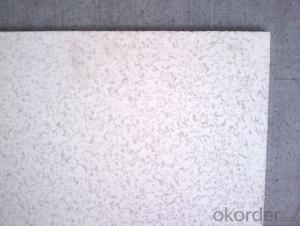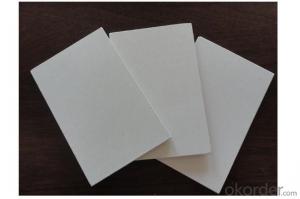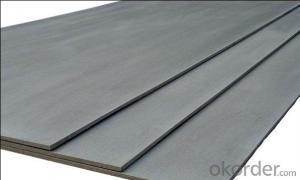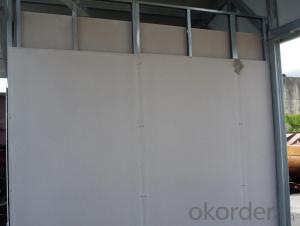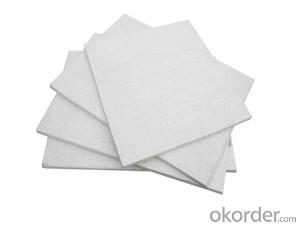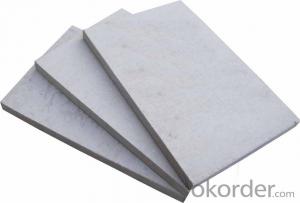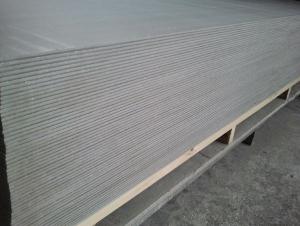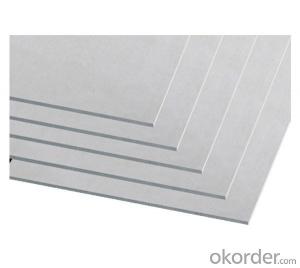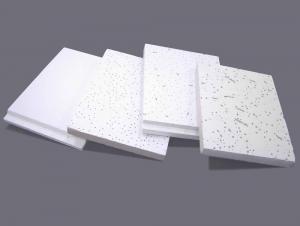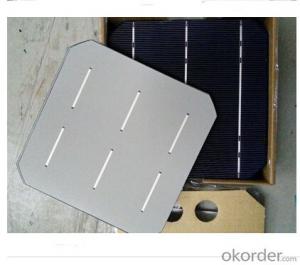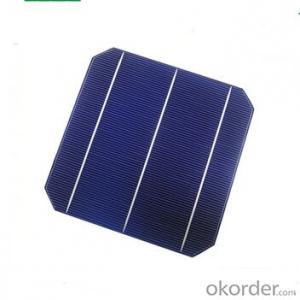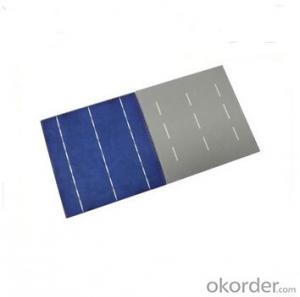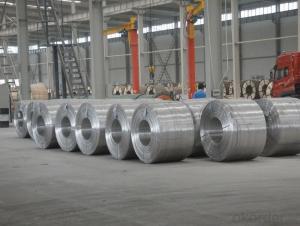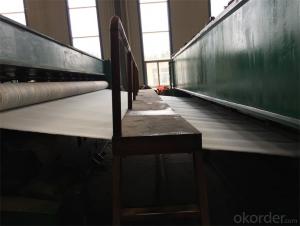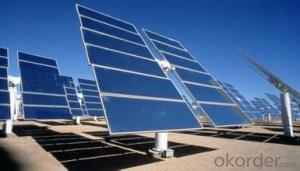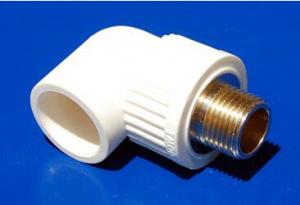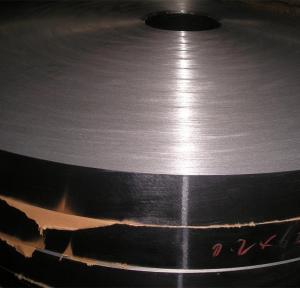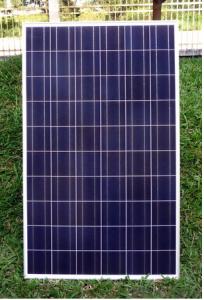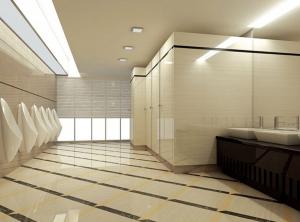High Output Solar Cells
High Output Solar Cells Related Searches
High Five Stainless Steel Prop High Quality Solar Inverter High Temperature Clear Plastic Sheet High Voltage Solar Inverter Stainless Steel Peg Board Best Quality Roofing Felt High Intensity Desk Lamp High Efficiency Hvac Systems High Rupturing Capacity Fuse High-Pressure CompressorHot Searches
Cheap High Tea Sets For Sale High Density Fiberboard For Sale Used Foam Board Insulation For Sale Magnesium Oxide Board For Sale Hdf Board For Sale sintra board for sale High Mast Light Price List Solar High Mast Light Specification High Mast Tower Price Philips High Mast Lighting Price List Bajaj High Mast Lighting Price List Gypsum Board Price Per Sheet In India High Mast Light Specification High Density Mdf Board Suppliers High Mast Tower Specification High Pressure Laminate Supplier Philippines High Mast Lighting Suppliers South Africa High Pressure Laminate Manufacturers Europe Calcium Silicate Pipe Insulation Price 5 8 Type X Gypsum Board PriceHigh Output Solar Cells Supplier & Manufacturer from China
Okorder.com is a professional High Output Solar Cells supplier & manufacturer, offers integrated one-stop services including real-time quoting and online cargo tracking. We are funded by CNBM Group, a Fortune 500 enterprise and the largest High Output Solar Cells firm in China.Hot Products
FAQ
- The role of anti-reflective coatings on solar cells is to reduce the amount of light reflection and increase the amount of light absorption by the solar cell. This helps to improve the overall efficiency of the solar cell by allowing more light to be converted into electricity.
- How to explain to students how the solar cells are made?
- You'd better explain it step by step, following the lab experiments.
- Thin-film solar cells are a type of photovoltaic technology that use very thin layers of semiconductor materials to generate electricity from sunlight. These cells are typically lighter, more flexible, and less expensive to produce compared to traditional silicon-based solar cells. They are commonly used in applications where weight, flexibility, or cost are important factors, such as in portable electronics or on curved surfaces.
- Solar cells contribute to reducing carbon emissions by converting sunlight into electricity without burning fossil fuels. As a clean and renewable energy source, solar cells help decrease the reliance on coal, oil, and gas power plants that emit greenhouse gases. By harnessing the sun's energy, they generate electricity with zero carbon emissions, thereby mitigating climate change and promoting a more sustainable future.
- Yes, solar cells can be used in camping or outdoor recreational activities. They are portable and can be used to power various devices such as smartphones, lights, and even small appliances. Solar panels can be easily set up in camping sites to harness energy from the sun and provide a sustainable and convenient power source in remote locations.
- Solar cells have a significant impact on reducing energy waste as they harness the sun's energy to generate electricity without emitting greenhouse gases or consuming any fossil fuels. By converting sunlight into usable electricity, solar cells enable a greener and more sustainable energy source, ultimately minimizing the need for traditional, non-renewable energy sources and reducing overall energy waste.
- Yes, solar cells can still be used in cloudy weather, although their efficiency may be reduced. Cloud cover reduces the amount of sunlight available, which can result in a decrease in power output from solar cells. However, solar cells can still generate electricity from diffuse light, so they can still produce some energy even in cloudy conditions.
- Yes, solar cells can be used in water. However, it is important to note that the efficiency of solar cells decreases when submerged in water due to reduced sunlight penetration. Additionally, precautions must be taken to ensure the waterproofing and insulation of the solar cells to prevent any damage or electrical hazards.

